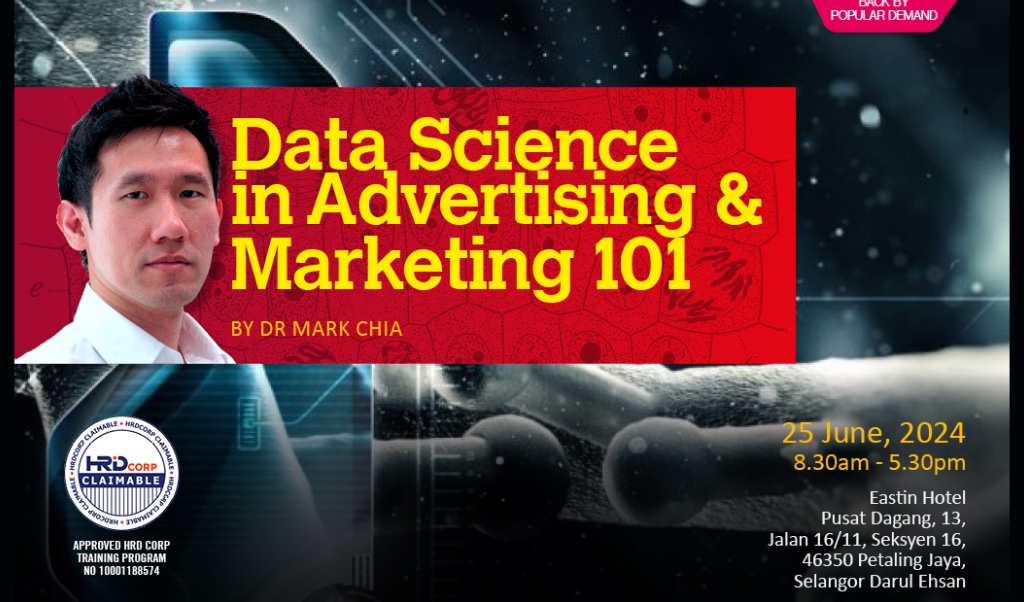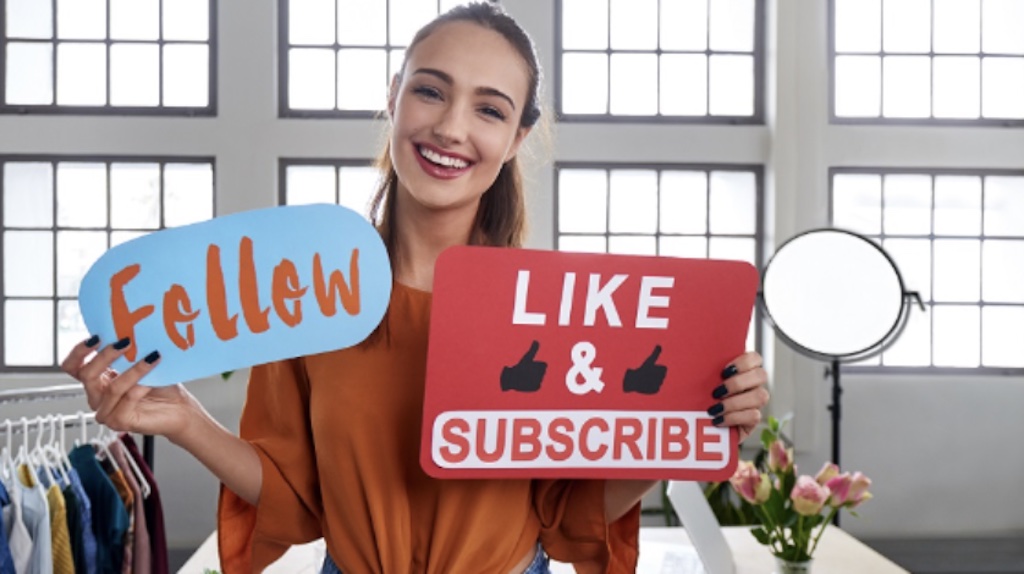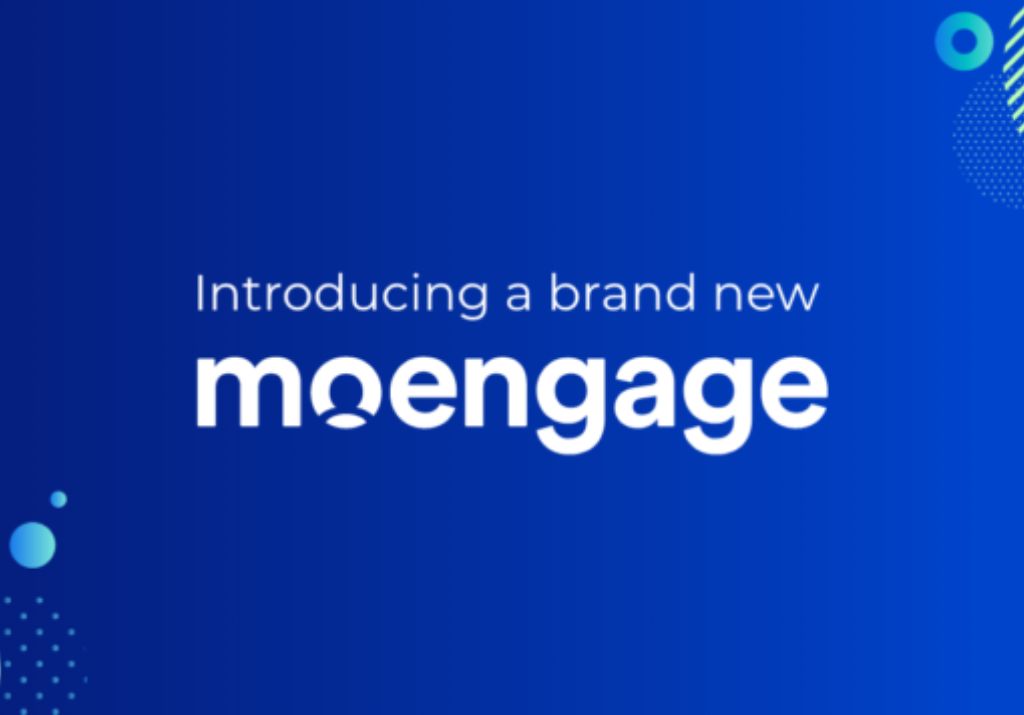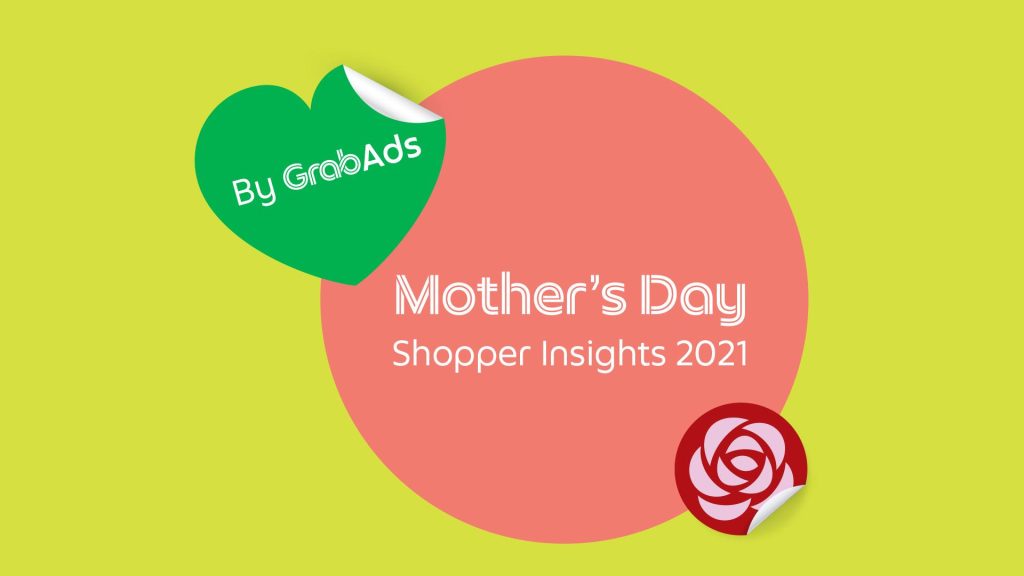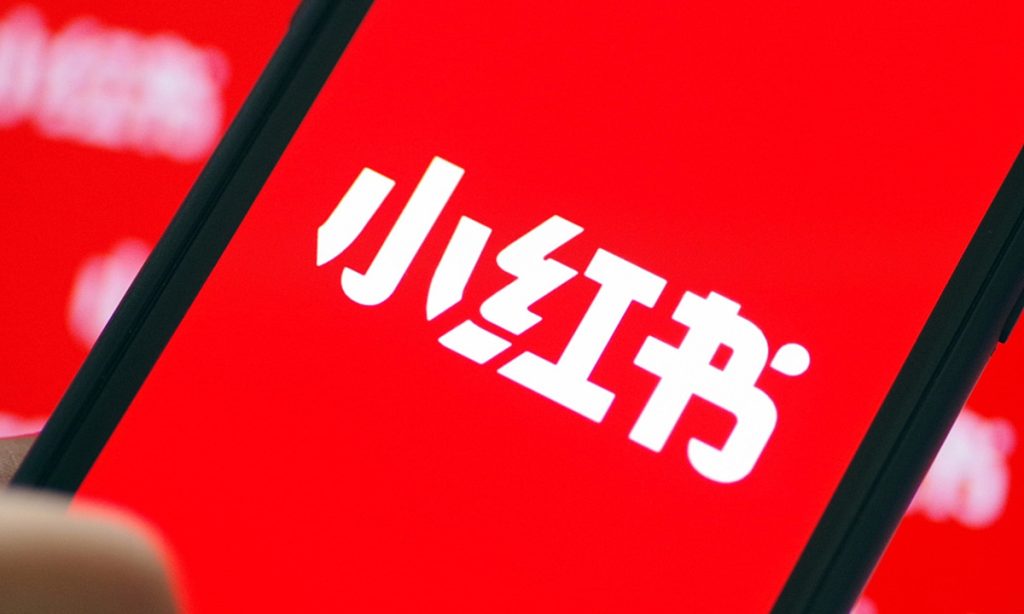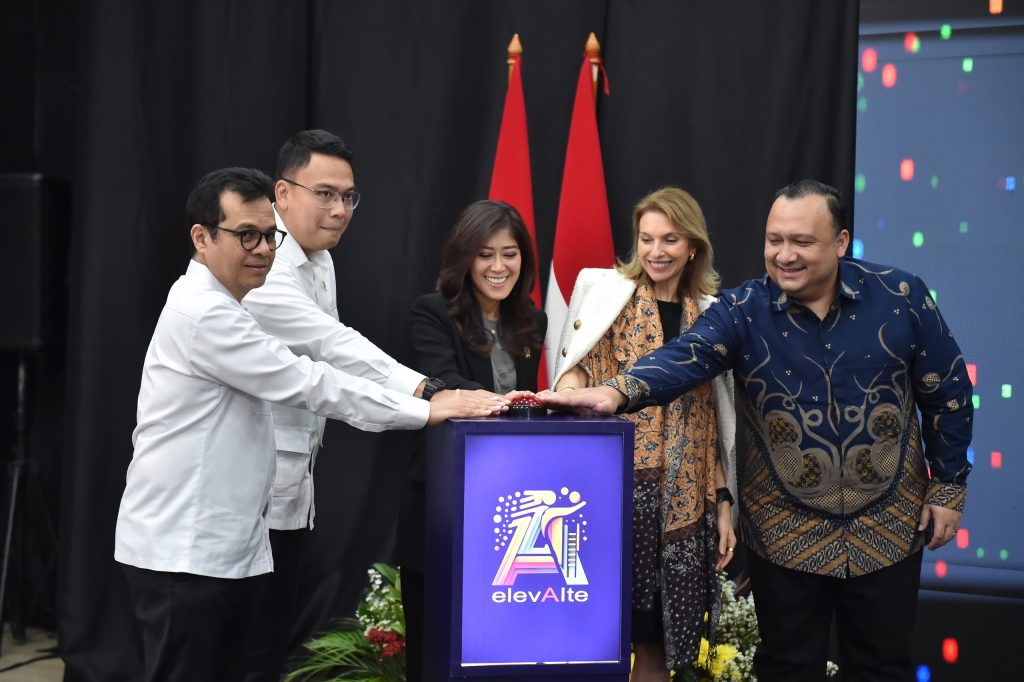
(marketingmagazine.com.my) –- Developments in Virtual Reality (VR) and Augmented Reality (AR) will offer viable ways for brands to engage emotionally with consumers in 2017, according to global marketing intelligence service, Warc.
VR, which immerses consumers in a 360-degree digital environment, most commonly experienced via a headset, and AR, the integration of the real-world environment with computer-generated digital information, have been identified in Warc’s Toolkit 2017, produced in association with Deloitte Digital, as key marketing trends which marketers will be looking to in the coming year.
David Tiltman, Warc’s Head of Content, shared, “VR and AR are not new technologies – but 2016 saw them really emerge as marketing platforms. A lot of money is now going towards VR in particular as brands seek fresh ways to engage consumers. As the advertising marketplace becomes more cluttered and many people opt out of receiving marketing messages, brand experiences that can cut through are increasingly valuable.”
Jason Warnes, Digital Marketing Partner of Deloitte Digital adds, “Disruptive digital technologies, such as VR and AR, are being used to define, develop and rapidly deploy new experiences to improve the customer journey. Despite a limited adaptation of some of these technologies, they should be seen as new opportunities to interact with customers and understand more about their behaviours and preferences.”
The value of VR and AR is predicted to hit UD$50 billion by 2020. As VR and AR grow hand-in-hand to create mixed-reality experiences for consumers by creating immersive personalised content, key insights identified where VR and AR are expected to impact the marketing industry in 2017 are:
1. Retail and travel brands have been early adopters of VR:
Virtual reality could revolutionise the e-commerce sector, leading to a decrease in product returns, and it has significant potential in the travel, hospitality, design, education, engineering and healthcare industries. In the travel sector, the technology gives would-be travellers a taste of their possible destinations, hotel facilities and rooms. Whilst shopping could become one of VR’s top applications, allowing connected consumers to experience a full retail environment from their own home.
2. VR can be more than a showroom; it is a vehicle for storytelling and high-end experiences:
Two factors have driven VR into the mainstream: more devices have arrived on the market and the prevalence of smartphones puts a high-power display into a large proportion of the global population. As the technology develops, forward-thinking brands are sharing immersive experiences with customers that provide a sensory overload and block out all distractions from TV, websites, and apps.
3. Early research confirms VR’s potential for emotional engagement:
A study by ad tech firm YuMe and research firm Nielsen using neuroscience techniques found that VR elicited 27% higher emotional engagement than in a 2D environment and 17% higher emotional engagement than a 360-degree video on a flat screen. Additionally, VR viewers were emotionally engaged 34% longer than when they viewed the same content in 2D and 16% longer than when they watched it in 360-degree video on a flat screen.
4. VR adds an extra dimension to brand tie-ups with celebrities or influencers:
Brands can leverage virtual reality to engage with consumers as well as test and explore new business models. In June 2016, Absolut Vodka unveiled a mobile app that used VR to successfully drive its mission of delivering unique nightlife experiences.
5. Many brands have reconsidered AR in the wake of Pokémon GO:
The phenomenal rise of Pokémon GO was heralded as a tipping point for AR. Launched in July 2016, Pokémon GO’s downloads reached 50 million installations before the end of the month. Looking ahead, marketers face two opportunities around AR: First, piggyback on AR properties that are popular with their audience, like Pokémon Go, as more AR-based games and applications emerge. Second, formulate bespoke, branded experiences. Fashion and beauty firms, for example, can let people digitally ‘try on’ clothes and cosmetics.
6. AR augments the product trial process:
Beauty group L’Oréal, has been exploring a number of technologies to offer greater utility and personalisation. Perhaps its most popular foray into this space to date is Makeup Genius, a mobile app that turns smartphone cameras into virtual mirrors enabling consumers to digitally ‘apply’ L’Oréal Paris products scanned in a store. The app has been downloaded more than 16 million times.
7. AR offers greater scope for consumers to engage with campaigns:
AR via mobile devices is likely to be significant for many marketers because it offers great scope for how, when and where consumers can engage with campaigns, branded collateral, packaging and product. It also opens the door to technology such as visual search. AR also relies on existing mobile behaviours that users are comfortable with, such as using the camera.
8. Virtual ethnography offers a new insight tool:
VR has significant potential as a research tool, particularly in the field of ethnography. Simplot, an Australian food manufacturer, combined VR with ethnography to inform product development and communications. The research approach adopted was to place 360-degree VR cameras in consumers’ kitchens; key stakeholders could then ‘walk into’ their customers’ homes and observe their preparation and interaction with food, just using a simple overlay on their smartphones.
Virtual and Augmented Reality are one of six key trends featured in Warc’s Toolkit 2017. The annual report, produced in association with Deloitte Digital, brings together the best of Warc’s content over the past year – the latest ideas, research and examples.

Is your company at your clients’ fingertips?
On the table of Malaysia’s leading marketing, media and agency heads will be a well-worn book, an industry bible which has been bookmarked, highlighted and even had its pages torn out.
Launched 22 years ago, the annual Malaysian Advertising Directory or MAD is the premier resource for every marketing, media and agency head in the country.
We are open for bookings for MAD 2017 and it’s time for YOUR company to be right at the fingertips of your clients. 8,000 copies sent to marketers, media specialists, brand agencies, digital players and more…
Download the PDF on MAD here
To advertise email [email protected] or call 018-220 0682
MARKETING Magazine is not responsible for the content of external sites.


